Wheat combines several types of wheat plants and species of the Triticum genus, the Poaceae family. Wheat is the most important culture in the world and is widespread not only in Europe but also in many other parts of the world. Bread, pasta, crackers and cakes are just starting out in the list of foods made from wheat.
History of Wheat
Wheat is an ancient culture that originated in Southwest Asia, and is consumed by more than 12, 000 years old it is one of the first plants cultivated by humans. Recent studies show that the first cultivation of wheat occurred in a small area located in Southeast Turkey.
The ability of inbreed further facilitated the emergence of a number of varieties in different parts of the world.
It was considered a source of life and played an important role in the culinary and religious aspects. About one-third of the world population relies on it for their food.
Targeted selection of wheat seeds and their separation from weeds gradually led to the creation of cultivars. Domestic wheat compared with wild has more grain, but its seeds themselves are firmly attached to the stem - a factor that facilitates the harvest. The selection of the easier varieties to harvest probably was not very conscious and probably results from simple harvesting. Regardless of the reasons for selection, the result is - the gradual cultivation of wild wheat to a number of domestic varieties.
The spread of wheat in Europe, gave rise to the use of wheat straw as insulation for roofs as early as the Bronze Age. This practice survived into later years of the 19th century.
Today, the largest commercial producers of wheat are the Russian Federation, the USA, China, India, France and Canada.
Composition of wheat
Wheat is exceptionally rich in several vitamins - A, C, E and In wheat contain omega-3 and omega-6 fatty acids, about 15 amino acids, glutamic and aspartic acid.

100 g wheat contains 69.1 g carbohydrates, 1.7 g fat, 2 g fiber, 12.1 g protein, 349 calories.
Corn Wheat
The most common type of wheat in the world is T.Aestivum L. Its distinctive feature is the "brush" located at the tip and depending on the variety can have a vitreous result.
Durum wheat /T.durum Desf./ Is the second most common wheat. It comes from the Mediterranean, a long bearded variety and once harvested the grain has a vitreous fracture.
Other species very common are British wheat and Coarse meal wheat.
Selection and storage of wheat
- As with any other food, make sure the packages are properly sealed to prevent moisture from penetrating.

- Keep wholemeal wheat in a container with a lid in a cool, dark, dry place.
- Wheat products such as flour, grits and bran, it is best to keep in the fridge because cold temperatures prevent them from going rancid.
Wheat, in its natural unrefined form, has many important nutrients. To take advantage of these is important to choose products made from whole wheat, not refined, where its natural resources are lost.
Wheat in cooking
Different customs, rituals and traditions tell that wheat is a symbol of wealth, fertility and purity. Your daily bread is made from wheat. This is the most common use of wheat. Furthermore, wheat is a product that comes to the making of hundreds of recipes.
Healthy salad with wheat germ, nutty bread or just bread, wheat with honey and nuts - these are just some of its many applications. Milk with wheat, boiled wheat, vegetables and meat in the dishes - it is one of the most versatile products. Hulled wheat /made by slicing the grains/ is an ideal ingredient of many snacks and desserts.
Much of the vitamins and minerals valuable for human development and growth are contained in it. To satisfy the need of the child for valuable substances, you can make a decoction of wheat. Add to the meals of kids suffering from constipation, as it acts favorably.
Benefits of Wheat
- The whole truth about wheat. Health benefits of wheat depend very much of what form you take it in. If it is 60% bleached, white flour, it means that the 40% that remain unused, you lose the bran and germ of the wheat, but they contain the most valuable health items. When you eat products made from 60% wheat flour, you lose almost half of the available vitamin B1, B2, B3, folic acid, calcium, phosphorus, zinc, iron and fiber.
- Women who eat whole wheat products weigh less. Study showed that women who eat them not only weigh less than those having fiber-rich foods in smaller quantities, but are less prone to obesity in the future.
- Wheat and other whole grain crops reduce the risk of diabetes II. Wheat and other grains crops are a rich source of the mineral magnesium, which acts as a cofactor for a large amount of enzymes as well as those involved in the secretion of glucose and insulin.

- Fiber from whole grains and fruits protects against breast cancer. It was found that a diet rich in fiber and fruits, offers significant protection against breast cancer in women before menopause period. The studies reveal that with the consumption of fiber foods, the risk of breast cancer among women fell.
- Whole grains and fish act as a powerful protector against childhood asthma. Previous tests showed that whole grains and fish could reduce the risk of childhood asthma by 50%.
- Phytochemicals in health-promoting activities are of equal or even with stronger level than that of vegetables and fruits. Recently, they have been conducting research related to the "free" form of antioxidant phytonutrients, and their power, and with their "attached to" form that is released during digestion and then absorbed. Whole grains are just such attachable forms of phytonutrients, and it is likely to be a good agent against cancer.
- Wheat helps in preventing the occurrence of gallstones. Foods rich in insoluble fiber, such as wheat, can help ladies to prevent the occurrence of stones. The study proved that women who have fiber-rich foods showed a reduced risk of gallstones.
- Lignans contained in wheat and other whole cultures influence us as a protector against heart disease. Lignan is a kind of phytonutrient, which is particularly concentrated in whole grains. Lignan not only protects us from breast cancer and other hormone-dependent forms of cancer, but also many types of heart disease.
- Wheat and other grains and crops, protect us from heart failure. People who regularly eat whole bran for breakfast, have a much lower risk of heart failure.
- These also offer significant cardiovascular benefits for women in post- menopausal states. Foods such as wheat, are recommended at least six times a week for women after menopause who have high cholesterol, high blood pressure or signs of cardiovascular disease.
Dangers of wheat
Wheat is one of the most commonly used foods around the world, but it falls in the list of foods that cause allergic reactions. The protein contained in wheat is the most common cause of adverse reactions. Well-known gluten in wheat is the main cause of so-called gluten enteropathy.
Today, one out of every 300 people at the age between 30 and 45 years develop an intolerance to gluten. Manifestations of intolerance in one third of those affected are so strong that they have to seek specialized help.
Wheat in cosmetics
Many cosmetics use protein and wheat germ extract. They provide a protective layer on the skin, moisturizing and regenerating it. Masks with wheat bran are also commonly used. Excellent cream comes from passion sprouted grains of wheat, lemon juice and egg yolk. Regular intake of wheat germ or germs promotes beautiful skin and hair with a radiant shine.

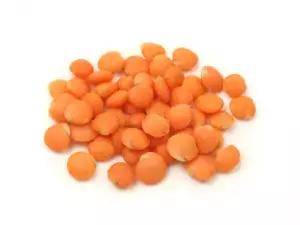
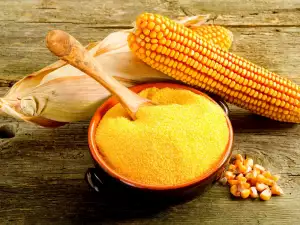
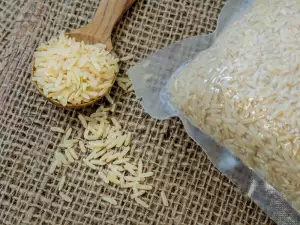

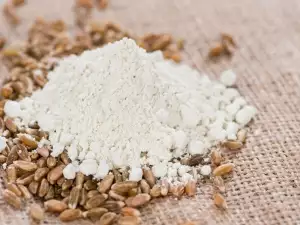
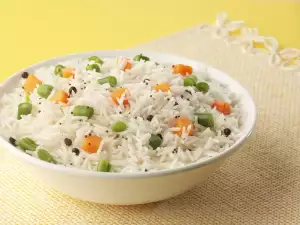
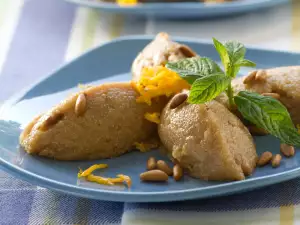
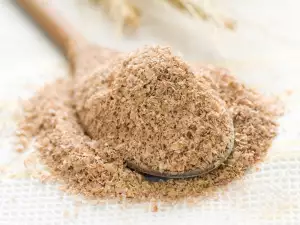
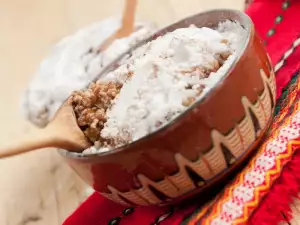





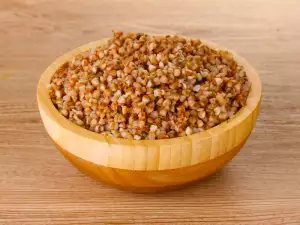




Comments